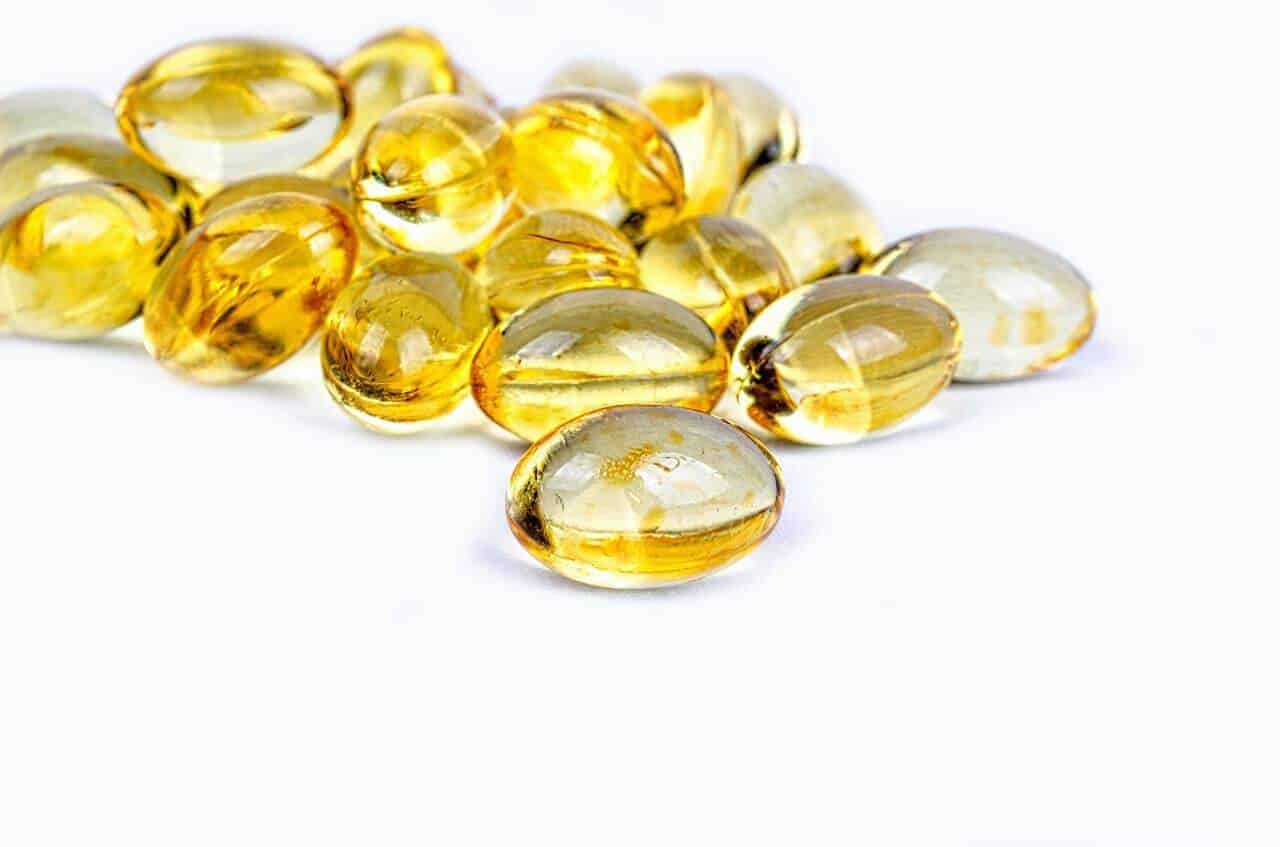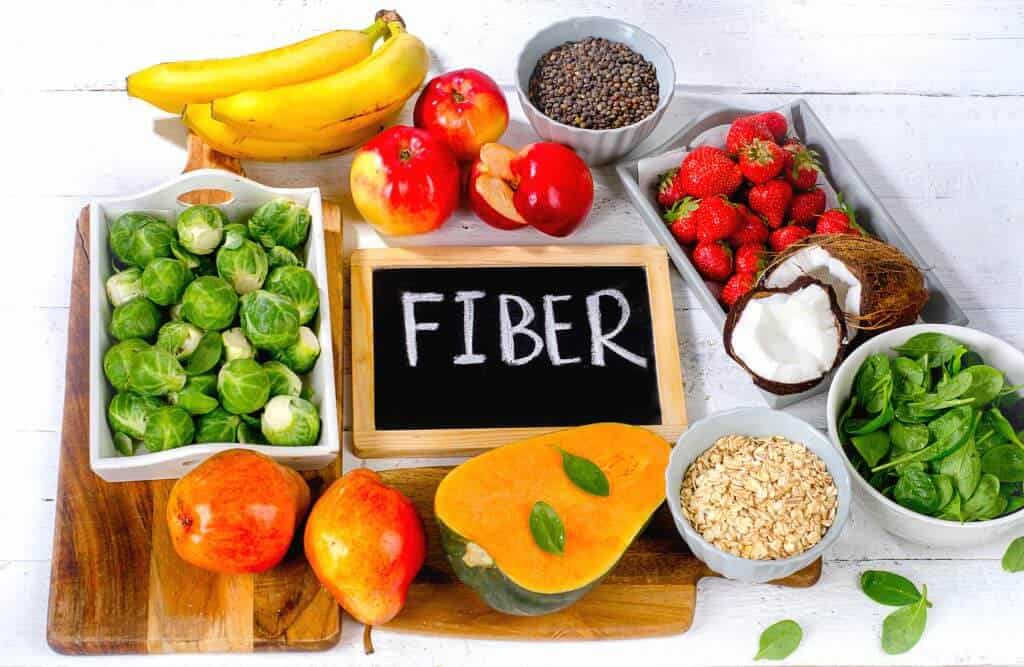 What exactly is fiber and how can it help with Omad?
What exactly is fiber and how can it help with Omad?
Whether you’re looking to improve your health or increase weight loss, getting enough fiber in your one meal a day is essential.
Not only can fiber reduce the likelihood of getting diabetes or cardiovascular disease, but it can act as a natural appetite suppressant.
Let’s take a look at all the benefits and help you get the most of out it while eating one meal a day.
[no_toc]
Top High Fiber Foods
1. Avocados
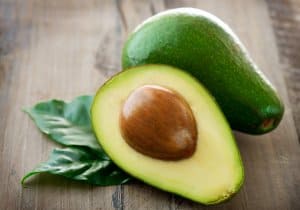
Fiber Content: 10.5 grams per cup (sliced)
Nutrients: Vitamin E, Folate, Vitamin K, Potassium, Vitamin B6.
Avocados are loaded with healthy fats that will help reduce the risk of heart disease and help lower cholesterol. The amount of fiber will depend on the type of avocado. Calfornia avocados have less fiber than Florida Avocados.
2. Chickpeas
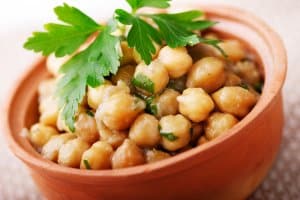
Fiber Content: 8 Grams per cup
Nutrients: Folate, Protein, Omega-3 fatty acids, Omega-6 fatty acids, Manganese
Chickpeas are very rich in nutrients like manganese.
Eating chickpeas will account for 83% of the daily recommended total of manganese.
3. Nuts/Seeds/Grains
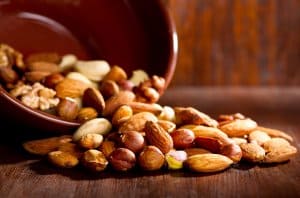
Fiber Content: 0.6 Grams for every 6 almonds
Nutrients: Vitamin E, Magnesium, Riboflavin, Omega-6 fatty acids, and Protein
Even though the fiber content can be smaller compared to other foods, eating nuts are a very healthy way to increase your daily fiber.
Almonds are high in protein and potassium while being lower in fats and calories than walnuts.
Studies have shown walnuts to improve memory, mood, and verbal reasoning.
4. Quinoa
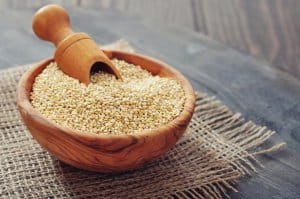
Fiber Content: 5 grams per cup
Nutrients: Potassium, B-6, Iron,
While all grains have high fiber, many of them aren’t full of nutrition. This is what separates quinoa from others.
Quinoa is gluten-free and easy to digest while providing high amounts of magnesium.
Magnesium can be underrated, but is essential as helps most body functions and provides protection to the heart.
5. Brussel Sprouts
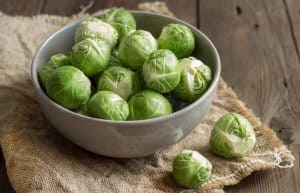
Fiber Content: 7.6 grams per cup
Nutrients: B6, B1, B2, Vitamin C, Manganese
Brussel Sprouts are packed with anti-inflammatory and antioxidant properties.
They may reduce the risk of cancer and give the body a healthy detox.
Try to make it a point to include this power-packed cruciferous vegetable in your meal for rich benefits.
More Fiber-Rich Foods
Now that you have an idea what fiber is and what it can do to your body, here are some of the common sources of fiber. They are usually found in fruits, grains, vegetables, and even beans. You can include any of these in your OMAD diet.
- Oat Bran
- Corn
- Wheat
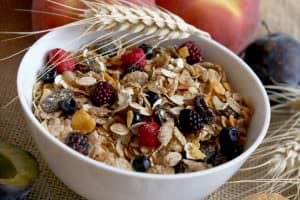
- Lima beans
- Lentils
- Blueberries
- Currants
- Raspberries
- Oats
- Wild rice
- Cowpeas
- Mustard greens
- Spinach,
- Peanuts
- Casher
- Almonds
- Artichokes
- Broccoli
- Apples with the skin on
- Pears with the skin on
What is Fiber?
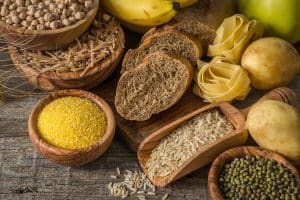 Even though many are aware they should be eating fiber, it’s health effects are still not understood by most.
Even though many are aware they should be eating fiber, it’s health effects are still not understood by most.
Fiber is simply a plan based nutrient and a type of carbohydrates that you can consume with your diet.
However, the difference is that once digested, it is not broken down into what other nutrients become digestible sugar molecules. As fiber passes through your body, it performs a lot of beneficial work that directly affects your health.
It is basically divided into two types, soluble and insoluble.
The former dissolves when it comes into contact with water much like how oatmeal is with water. This helps regulate cholesterol levels in the body. Insoluble fibers are not broken down and are mostly responsible for digestive health.
How fiber can help in weight loss
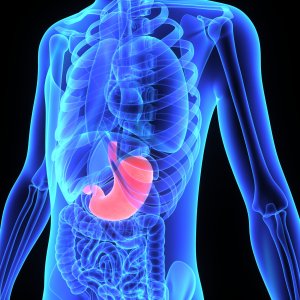 Recent estimations show that a human’s gut has more than a hundred trillion bacteria. This bacteria, mainly located in the large intestine, is also called gut flora.
Recent estimations show that a human’s gut has more than a hundred trillion bacteria. This bacteria, mainly located in the large intestine, is also called gut flora.
Some may think that having a large number of bacteria in the gut is not a good thing, but it is healthy.
All bacteria play a role in overall health such as brain function, immunity, blood sugar control, and brain function.
In order to stay healthy, the bacteria need to be fed properly. This is done with eating fiber. Mainly soluble fiber that goes to the good bacteria in the digestion system.
After the bacteria consume this fiber, it is converted to usable energy.
This is called the “prebiotic effect.” This is when you supply the good bacteria with nourishment so that it is beneficial for the maintenance of the body and health.
Viscous fiber is effective as an appetite suppressant
In short, something that can help suppress the appetite will result in eating fewer calories. The effects of eating fiber can act this way in helping with the hunger for prolonged periods of time. However, there is one type of fiber which does this job better than others.
Studies have shown that fiber viscosity is related to the ability to act as an appetite suppressant.
High viscous fiber foods work as better as a means for an appetite suppressant.
Viscous soluble fibers such as glucans, guar gum, psyllium, glucomannan, etc thicken up while inside water, which turns into a gel-like substance that will stay in the gut for a long period of time. This causes the stomach to empty slowly and it takes longer for nutrients to be absorbed and digested.
The result of this is that your appetite will be reduced significantly and you will feel fuller.
There is also scientific evidence which shows that weight loss from viscous fiber consumption impacts belly fat. This is significant because belly fat is known as harmful fat that’s associated with diseases such as metabolism.
What are the benefits of fiber?
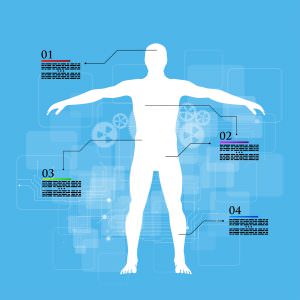 Aids in digestion.
Aids in digestion.
Arguably one of the best-known benefits of fiber is its role in promoting stool bulk and regularity.
It aids you bowel movement increasing regularity as well as helping you clean your colon. This gives you a cleaner and lighter feeling as well as a more comfortable disposition for the day.
A high-fiber meal promotes colorectal health and can even reduce the chances of hemorrhoids.
Promotes a healthy heart.
As you include fiber in your Omad diet, you are actively lowering your cholesterol in your body.
This is one of the ripple effects of having better digestion. It is able to lower down the bad cholesterol or the low-density lipoprotein (LDL) in your system which consequently lowers your chances of a heart problem.
It is no secret that this is one of the major health concerns in the country. So much so that Heart.org explains that cardiovascular disease is responsible for one out of every three deaths in the country.
 Regulates your blood sugar.
Regulates your blood sugar.
One of the great benefits of a high-fiber meal in your diet is that it can lower glucose levels in your system.
This is important as uncontrolled blood sugar can lead to a myriad of health problems like hypoglycemia and diabetes.
Cancer prevention.
According to Cancer.org, less than a third of those diagnosed with cancer will not make it and die from the disease.
By increasing your fiber intake, you can work on colorectal cancer prevention.
Some studies show that people who genetically produce the right amount of gut bacteria can lower the risk of cancer. Fiber helps create a chemical in the body called butyrate. This chemical is partly responsible for triggering cancer cells to self-destruct.
Promotes longevity.
Live Science shared a study that revealed how people who took a high-cereal-fiber meal were 17% less likely to pass away in a span of a fourteen-year period.
Have more questions about fiber in the omad diet? Be sure to visit our community forums.
